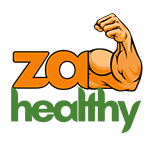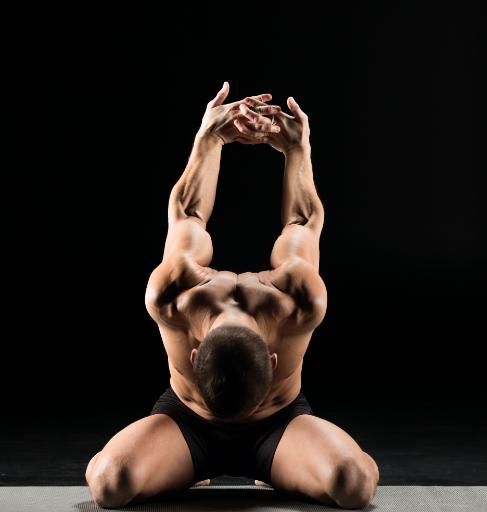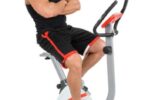Maintaining a healthy and flexible body is crucial for everyday well-being. Stretching regularly helps improve your range of motion, reduce muscle soreness, and prevent injuries. Let’s delve into some key muscle groups and explore effective stretches to target them:
1. Piriformis Muscle Stretch :
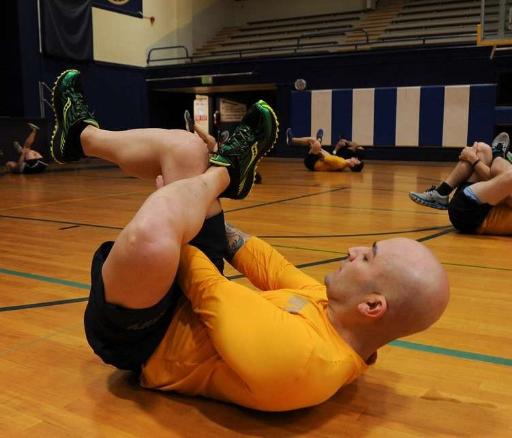
A piriformis muscle stretch is a type of exercise that can help loosen and relax the piriformis muscle, which is located deep in the buttocks and hips. The piriformis muscle helps stabilize the hip joint and rotate the thigh outward, but it can also cause pain and numbness if it becomes tight or inflamed and presses on the sciatic nerve. This condition is called piriformis syndrome.
There are different ways to do piriformis muscle stretch , such as sitting or lying on the floor. The general idea is to cross one ankle over the opposite knee and gently pull the thigh toward the chest. This creates a stretch in the buttocks and hips that can relieve tension and discomfort. You can hold the piriformis muscle stretch for 20 to 30 seconds and repeat on both sides three times a day.
The piriformis muscle stretch can benefit overall health and well-being, such as improving mobility, posture, and balance. It can also reduce the risk of injury and ease the symptoms of other conditions, such as knee and ankle pain and plantar fasciitis.
2. Sartorius Muscle Stretch :
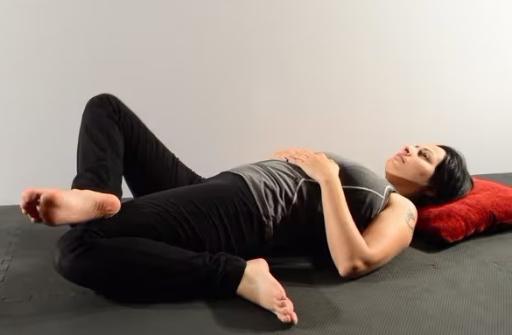
The sartorius muscle is a long, thin muscle that runs from the front of your hip to the inside of your knee. It helps you bend, twist, and lift your leg. Stretching the sartorius muscle can improve your flexibility, posture, and balance, as well as prevent or relieve pain in your lower body.
There are different ways to do the sartorius muscle stretch , but one common method is the seated straddle stretch. Here are the steps to perform sartorius muscle stretch :
- Sit on the floor with your legs spread wide apart.
- Slowly lean forward from your hips until you feel a gentle stretch in your inner thighs and groin area. You can use your hands to support yourself on the floor or reach for your toes.
- Hold the stretch for 20 to 30 seconds, breathing deeply and relaxing your muscles.
- Repeat the stretch 2 to 3 times or as needed.
You can also try other sartorius muscle stretchs that involve crossing one ankle over the opposite knee and pulling the thigh toward the chest, such as the standing quadriceps stretch or the lying figure-four stretch. These stretches can target the sartorius muscle as well as other muscles in your hips and legs.
3. Adductor Muscle Stretch :
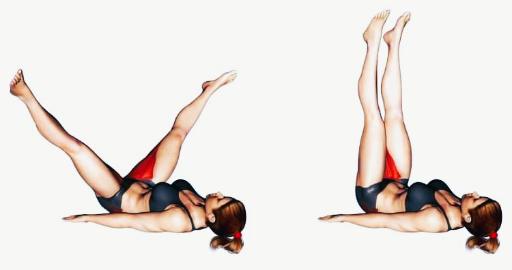
An adductor muscle stretch is a type of exercise that can help improve the flexibility and range of motion of the inner thigh muscles. The adductor muscles are a group of seven muscles that run from the pelvis to the inner thigh and knee. They help pull the legs together and stabilize the hip joint.
There are different ways to perform an adductor muscle stretch , depending on your level of comfort and mobility. Some common methods are:
- Standing side lunge: Stand with your feet wide apart and your toes pointing forward. Lunge to one side and bend your knee, keeping the other leg straight. Feel the stretch in your inner thigh and hold for 20 to 30 seconds. Repeat on the other side.
- Lying down stretch: Lie on your back and bring the soles of your feet together. Bring your feet as close to your pelvis as possible, and let your knees drop to the sides. Press your lower back to the floor and feel the stretch in your groin. Hold for 20 to 30 seconds.
- Seated straddle stretch: Sit on the floor with your legs spread wide apart. Lean forward from your hips and reach for your toes or as far as you can go. Keep your back straight and feel the stretch in your inner thighs. Hold for 20 to 30 seconds.
You can also use a foam roller, a partner, or a wall to assist you with the adductor muscle stretch . Make sure to warm up before stretching to avoid any pain or discomfort. The adductor muscle stretch can benefit your posture, balance, and injury prevention.
4. Soleus Muscle Stretch :
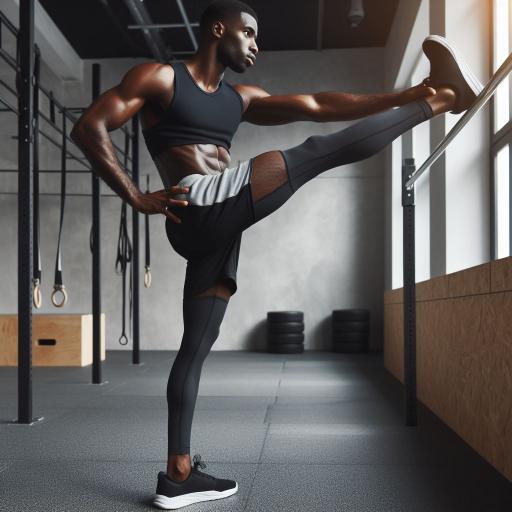
A soleus muscle stretch is a type of exercise that can help improve the flexibility and range of motion of the soleus muscle, which is a large muscle on the back of the lower leg. The soleus muscle helps you point your toes down and stabilize your ankle joint.
There are different ways to perform a soleus muscle stretch , depending on your level of comfort and mobility. Some common methods are:
- Wall lunge: Stand facing a wall from about 2 to 3 feet away. Take 1 step toward the wall with your right foot. Place both palms on the wall. Slightly bend both knees and lean forward. Keep both heels on the floor. Hold for 30 to 60 seconds. Then relax both legs. Repeat soleus muscle stretch with the left foot.
- Standing stretch: Stand up. Place one leg forward and the other towards the back. (The leg at the back will be the side that will be stretched.) Keep the foot of the back leg facing forwards. Shift your body weight onto the leg at the back. Allow the knee of the back leg to move forward as far as possible. Hold for at least 30 seconds. Repeat soleus muscle stretch with the other leg.
- Lying down stretch: Lie down on the floor. Bend your knee towards the chest. Hold onto the bottom of the forefoot. Pull your foot firmly towards you. Hold for at least 30 seconds. Repeat with the other leg.
- Seated straddle stretch: Sit on the floor with your legs spread wide apart. Lean forward from your hips and reach for your toes or as far as you can go. Keep your back straight and feel the stretch in your inner thighs. Hold for 20 to 30 seconds.
You can also use a foam roller, a partner, or a wall to assist you with the soleus muscle stretch.
5. TFL Muscle Stretch (Tensor Fascia Latae):
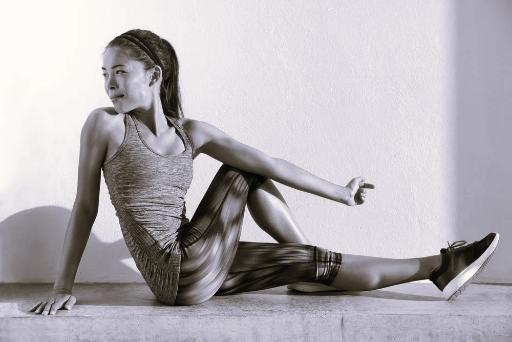
A TFL muscle stretch is a type of exercise that can help improve the flexibility and range of motion of the tensor fascia latae muscle, which is a small muscle on the front of the hip that helps with hip flexion, internal rotation, and abduction. The TFL muscle stretch can reduce tightness and pain in the hip and thigh area, as well as improve posture, balance, and injury prevention.
There are different ways to perform a TFL muscle stretch , depending on your level of comfort and mobility.
TFL and the soleus look similar. However, there are some key differences between these two muscles and how to stretch them effectively.
The TFL is a small muscle on the front of the hip that helps with hip flexion, internal rotation, and abduction. The soleus is a large muscle on the back of the lower leg that helps with plantar flexion (pointing the toes down) and stabilizing the ankle joint.
To perform TFL muscle stretch , you need to have your knee bent and your hip abducted (moved away from the midline of the body). This will isolate the TFL and create a stretch in the front of the hip. Some examples of TFL stretches are the wall lunge, the standing stretch, and the lying down stretch.
6. Gracilis Muscle Stretch :
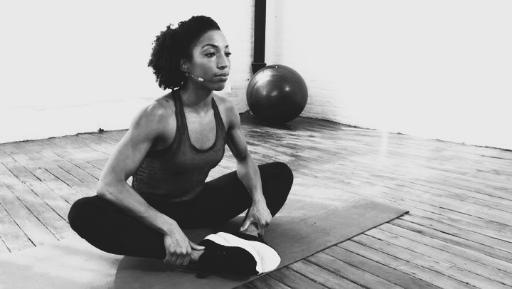
A gracilis muscle stretch is a type of exercise that can help improve the flexibility and range of motion of the inner thigh muscles. The gracilis muscle is a sheet-like muscle that runs from the front of your hip to the inside of your knee. It helps you pull your leg toward the midline of the body and also supports lateral movements in sports.
There are different ways to perform a gracilis muscle stretch , depending on your level of comfort and mobility. Some common methods are:
- Inner thigh stretch: Sit on the floor with your legs extended. Spread your legs as wide as possible. Lean forward from your hips and reach for your toes or as far as you can go. Keep your back straight and feel the stretch in your inner thighs. Hold for 20 to 30 seconds.
- Butterfly stretch: Sit on the floor with your feet together and knees bent. Hold your feet with your hands and gently press your knees toward the floor. Feel the stretch in your groin and hold for 20 to 30 seconds.
- Adductor stretch: Stand with your feet wider than shoulder-width apart. Bend your right knee and shift your weight to the right side. Keep your left leg straight and your left foot flat on the floor. Feel the stretch in your left inner thigh and hold for 20 to 30 seconds. Repeat on the other side.
- Seated stretch: Sit on the floor with your legs extended. Cross your right ankle over your left knee and place your right hand on your right knee. Gently push your right knee away from your body and feel the stretch in your right inner thigh. Hold for 20 to 30 seconds. Repeat on the other side.
You can also use a foam roller, a partner, or a wall to assist you with the gracilis muscle stretch .
7. Latissimus Dorsi Muscle Stretch (Lats) :
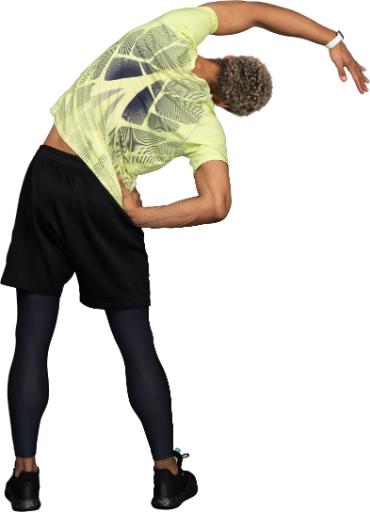
A latissimus dorsi muscle stretch is a type of exercise that can help improve the flexibility and range of motion of the large V-shaped muscles that connect your arms to your spine. These muscles help protect and stabilize your spine, as well as support shoulder and back strength.
There are different ways to perform a latissimus dorsi muscle stretch , depending on your level of comfort and mobility. Some common methods are:
- Overhead stretch: Stand with your feet shoulder-width apart and interlace your fingers. Raise your arms over your head and push your palms toward the ceiling. Lean to one side and feel the stretch on the opposite side of your torso. Hold for 20 to 30 seconds and repeat on the other side.
- Wall press: Stand facing a wall from about 2 to 3 feet away. Place your palms on the wall at shoulder level and slightly wider than shoulder width apart. Lean your body forward and lower your chest toward the wall. Keep your arms straight and your heels on the floor. Feel the stretch in your back and shoulders. Hold for 20 to 30 seconds.
- Exercise ball stretch: You’ll need an exercise ball or a chair for this stretch. Begin on all fours in front of the ball or chair. Place one hand on the ball or chair with your thumb facing up. Press into your grounded arm for stability and support. Reach your arm over your head and slightly across your body. Feel the stretch in your side and back. Hold for 20 to 30 seconds and repeat on the other side.
- Child’s pose: Start in a kneeling position. Sit your buttocks on top of your ankles. Stretch out both arms and place them in front of you as far away as possible. Lower your forehead to the floor and relax your shoulders. Feel the stretch in your back and arms. Hold for 20 to 30 seconds.
You can also use a foam roller, a partner, or a wall to assist you with the latissimus dorsi muscle stretch . Make sure to warm up before stretching and avoid any pain or discomfort. If you have any injuries or medical conditions, consult your doctor before starting a new exercise routine.
8. Scalene Muscle Stretch :
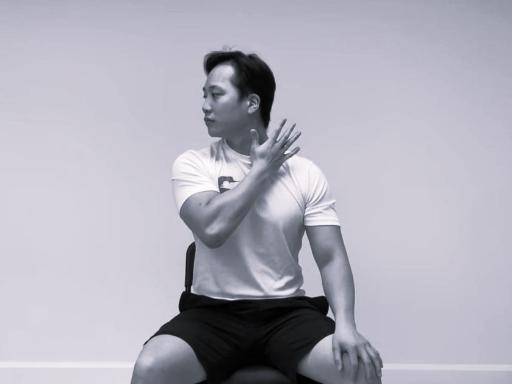
- A scalene muscle stretch is a type of exercise that can help loosen and relax the scalene muscles, which are a group of three muscles on the sides of your neck. The scalene muscles help you tilt your head, rotate your neck, and breathe deeply, but they can also cause pain and stiffness if they become tight or inflamed.
- There are different ways to perform scalene muscle stretch , such as sitting or standing upright. The general idea is to tilt your head to one side gently, bringing your ear towards your shoulder, then rotate your head slightly towards the opposite shoulder, and finally lift your chin up a little. This creates a stretch in the side and front of your neck that can relieve tension and discomfort. You can hold the stretch for 20 to 30 seconds and repeat on both sides two to three times a day.
- Stretching the scalene muscles can have benefits for your overall health and well-being, such as improving your posture, mobility, and breathing. It can also reduce the risk of injury and ease the symptoms of other conditions, such as whiplash, thoracic outlet syndrome, and headaches. However, you should always consult your doctor before starting a new exercise routine, especially if you have pain or any medical issues.
Remember, consistency is key! Aim to incorporate these stretches into your routine, 2-3 times a week, for optimal results. Listen to your body, and if you experience any pain, stop the stretch and consult a healthcare professional. By incorporating these stretches into your daily practice, you can unlock your body’s full potential and move with confidence and ease.
